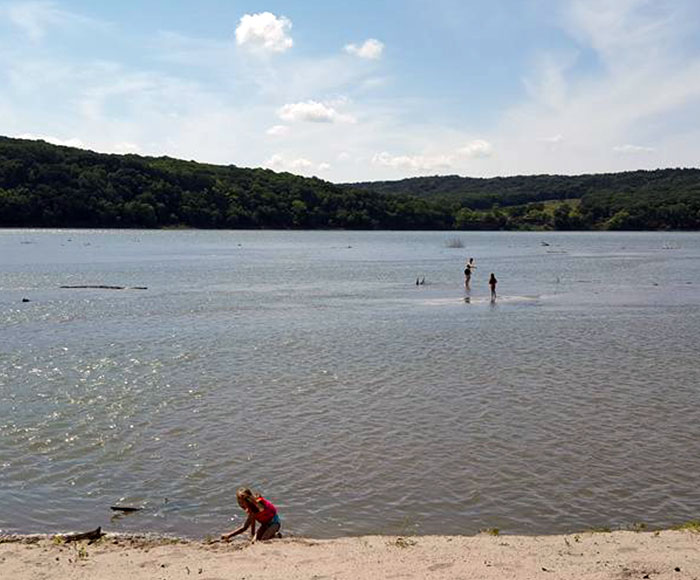About Vermillion
Vermillion, South Dakota lies atop a bluff of the last natural stretch of the beautiful and pristine Missouri River. Founded in 1859, Vermillion is a community known throughout the region for its friendliness, its historical significance, its beautiful setting, its area attractions, and its educational resources.
Vermillion is located in the southeast corner of South Dakota and offers easy access to and from surrounding communities in South Dakota, Nebraska, and Iowa. Vermillion has gotten attention for economic development and growth through its community-wide efforts to focus on job creation, housing needs, regional cooperation, industrial park development, recruitment of new industry, retail promotions, as well as efforts to promote tourism and recreation in the area.




